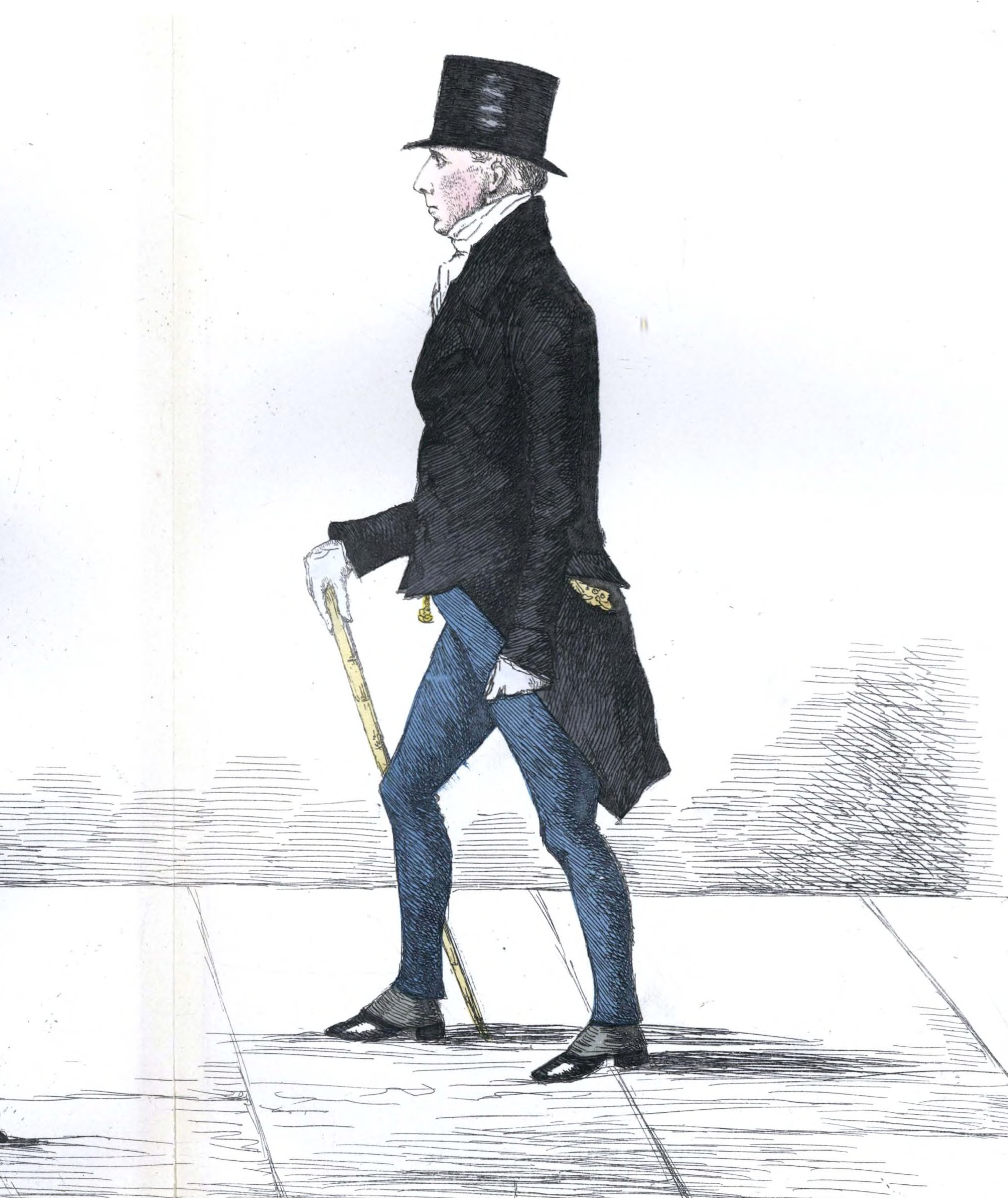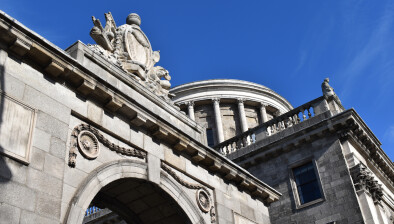Our Legal Heritage: Scotland’s last duel

Pictured: Lord Cockburn, as depicted in Crombie's Modern Athenians (1882)
“Take that, sir. By God, sir, you shall more of this yet!,” cried Scottish banker George Morgan as he struck a merchant on the head with his umbrella. The incensed victim, David Landale, replied through the crisp Kirkcaldy air in measured breaths: “You are a coward, sir, a poor, silly coward.” As much as he had wished to avoid bloodshed with his old enemy, any reconciliation had there and then been rendered impossible. The ancient code of honour, which had persisted all the way up to this moment in 1826, demanded pistols at dawn. This was to be the last fatal pistol duel staged in Scotland.
A quarrel over a bank loan had first propelled the two men towards each other’s musket balls. Morgan, as a Bank of Scotland manager, had spread rumours of Landale’s creditworthiness. Landale, an upstanding gentleman and pillar of the community, had responded by closing his Bank of Scotland accounts and writing a harsh letter of complaint to head office. It was these events that led Morgan, who was an ex-soldier, to cunningly assault Landale in public with the aim of luring him into a duel.
Centuries of duelling tradition, which had emerged from medieval chivalry, impelled Landale to challenge his bank manager. The right to private combat was a relic of aristocratic power that endured even as monarchs became increasingly dominant. Thus, to refuse a duel was to accept your inferiority to another and potentially lose face. But duelling was now illegal in the 19th century and the victor could expect to face prosecution. Landale’s alternative, according to tradition, was to accept an apology but his efforts to secure one were in vain. He had fallen into Morgan’s trap.
After rushing to Edinburgh to buy a pistol and acquire a trusted ally as his duel negotiator (a second as it was known), Landale wrote to a friend that night: “In the event of my falling, I beg of you to make no foolish lamentation, as I feel confident before God that I am doing my duty as a Christian and as a respectable member of society.”
On the 23rd August 1826, the two met at dawn in a field just outside Kirkcaldy. Fife had seen two other fatal duels in the last five years, which had both been moved from Edinburgh due to the local authorities finding out.
Following duelling codes that detailed exactly where the combatants should stand, what they should wear, and how and when they should fire, the trusted seconds agreed the terms. At 12 paces apart, the novice linen merchant and the ex-soldier fired simultaneously at each other. Unbelievably, it was Morgan that hit the ground, dying with blood pouring from his mouth, while Landale was left unscathed.
Fearing arrest, Landale and his second immediately fled south of the border to Carlisle. He did, however, return for his trial in Perth where the shadow of the gallows loomed large.
Landale was represented by the dream team of advocates Henry (later Lord) Cockburn and Francis Jeffrey. In 1822 they had successfully defended John Stuart of Dunearn who was charged with the murder of Sir Alexander Boswell, son of Dr Johnson’s biographer, following a fatal duel. Cockburn and Jeffrey proved that, in terms of the accepted behaviour of the day, Stuart had been left with no option other than to issue the challenge.
Their successful defence of Landale was aided by the fact that they were able to show that Morgan had publicly boasted of how he had trapped Landale into a duel which, as a former soldier, he would indubitably win.
Oddly enough, both Landale and Morgan are buried barely 12 paces apart at Kirkcaldy’s Old Kirk graveyard, while some years later Morgan’s nephew married Landale’s daughter.









